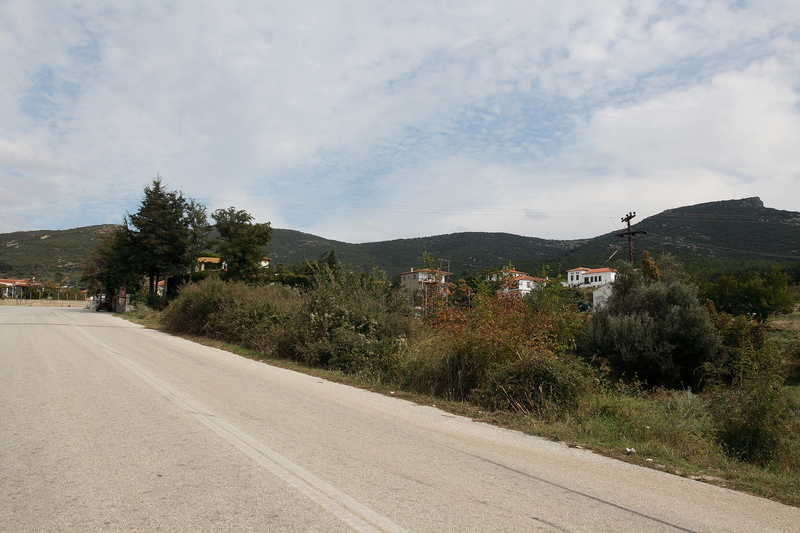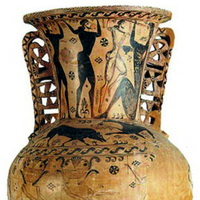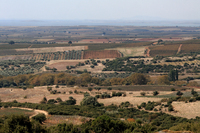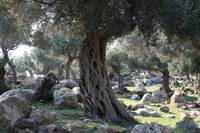Entrance 2


Protoattic amphora attributed to the "Painter of Polyphemus." This is the largest known protoattic vase, which was used for the burial of a child. Around the vase’s neck, the scene of the blinding of Polyphemus from Odysseus is depicted. Lastly, today the vase is located at the Archaeological Museum of Eleusis and it is dated approximately during 660 BC.
From myth to reality: three thousand years later, the visitor of this fertile ground, has the pleasure to taste, Odysseus’ famous "mellow, Maronite wine” produced from the modern vineyards and wineries of the region, but also to taste the well-known for its taste, goat on the spit, from herds of goats grazing freely beneath the age-long plane trees, all over from the coast to the peaks of Ismaros mountain.
The visitor, during his stroll through the area of Synaxis, to the east of the Ancient Theatre and the Roman Market, while walking among really old olive trees, will suddenly come across some huge rocks, which according to the legend, the Cyclops Polyphemus threw to Odysseus and his ship, as he was furious for his blindness as well as the escape of ingenious Odysseus and his companions.









